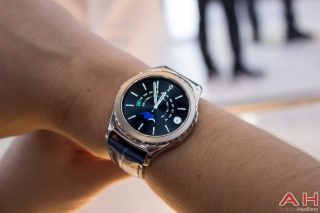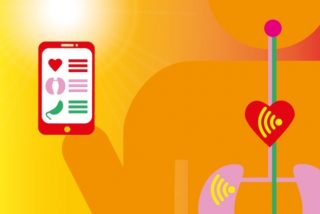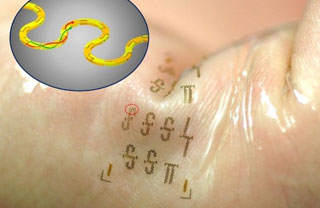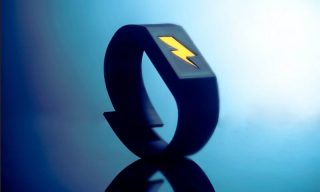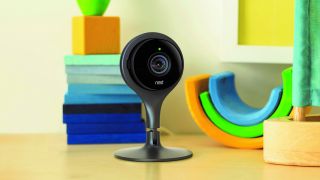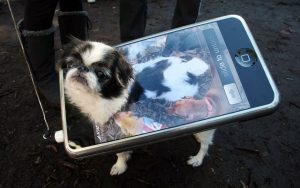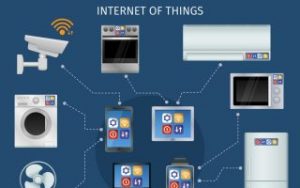
Smart eyewear, smart shirts and 3D-printed shoes have all been giving Olympians the edge in their preparation for the 2016 Summer Olympics in Rio.
The world’s best athletes are currently on display at the 2016 Summer Olympics in Brazil, and some are using wearable technology powered by the Internet of Things to help them go for the gold.

